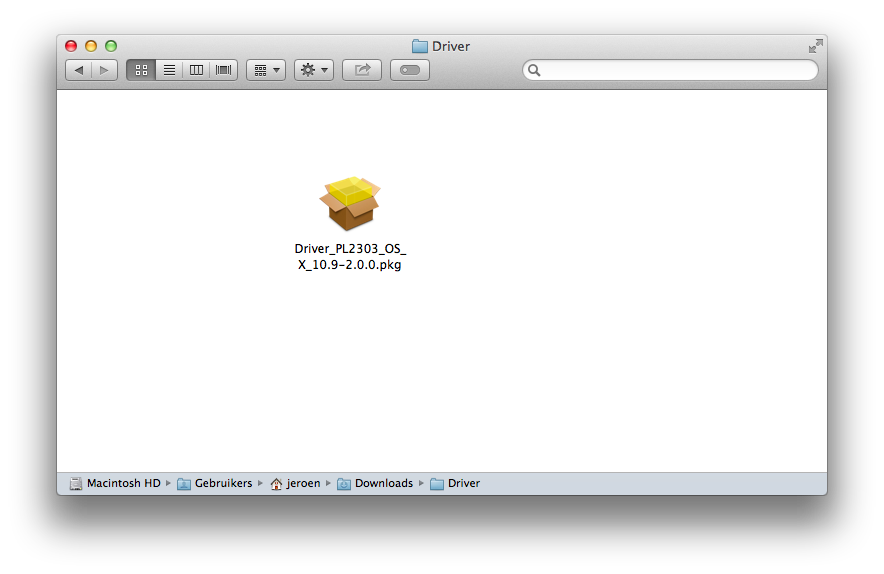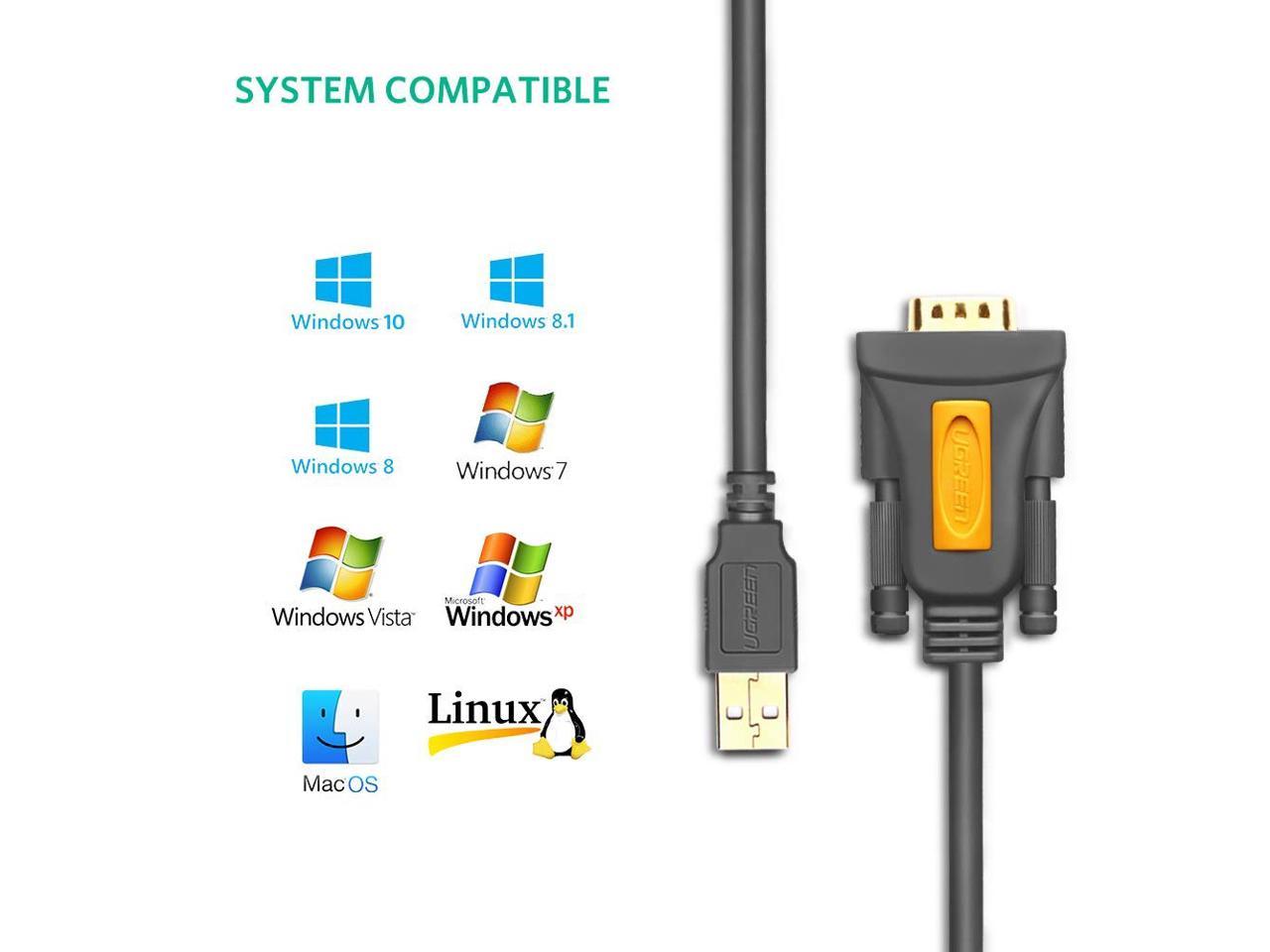

 For a GUI solution, see OS X Serial Port Apps. Two terminal methods are Screen and Minicom. We now need to install some terminal emulation software before we can connect to anything. Having installed the right driver, our USB-Serial adapter will show up in /dev/cu.* (shown above). dev/cu.* devices do not assert DCD, so they will always connect (respond or succeed) immediately. The technical difference is that /dev/tty.* devices will wait (or listen) for DCD (data-carrier-detect), eg, someone calling in, before responding. We want to call-out from our Mac, so /dev/cu.* is the correct device to use. So, what's the difference? Well, TTY devices are for calling into UNIX systems, whereas CU (Call-Up) devices are for calling out from them (eg, modems). You might notice that each serial device shows up twice in /dev, once as a tty.* and once as a cu.*. Note: Check your adapter works after an OS Update, as you may have to re-install the driver. Select this port name in a terminal program. This indicates the USB-Serial driver is working. dev/cu.Bluetooth-PDA-Sync /dev/cu.usbserial dev/cu.Bluetooth-Modem /dev/cu.iPhone-WirelessiAP Keyspan serial-USB adapter drivers can be found in their Support Section.Īfter installing the correct driver, plug in your USB-Serial adapter, and open a Terminal session (Applications/Utilities).Įnter the command ls /dev/cu.*, and look for something like usbserial (or similar):. Belkin - USB Serial Adapters: F5U257, F5U103, F5U003 (poor OS X support). Silicon Labs - CP210x USB to UART Bridge Virtual COM Port (VCP) drivers. If your adapter doesn't work with either of these, try the following sources: NOTE: It may be necessary to remove any previous driver before installing a newer one,Įg: $ sudo rm -rf /System/Library/Extensions/ProlificUsbSerial.kext
For a GUI solution, see OS X Serial Port Apps. Two terminal methods are Screen and Minicom. We now need to install some terminal emulation software before we can connect to anything. Having installed the right driver, our USB-Serial adapter will show up in /dev/cu.* (shown above). dev/cu.* devices do not assert DCD, so they will always connect (respond or succeed) immediately. The technical difference is that /dev/tty.* devices will wait (or listen) for DCD (data-carrier-detect), eg, someone calling in, before responding. We want to call-out from our Mac, so /dev/cu.* is the correct device to use. So, what's the difference? Well, TTY devices are for calling into UNIX systems, whereas CU (Call-Up) devices are for calling out from them (eg, modems). You might notice that each serial device shows up twice in /dev, once as a tty.* and once as a cu.*. Note: Check your adapter works after an OS Update, as you may have to re-install the driver. Select this port name in a terminal program. This indicates the USB-Serial driver is working. dev/cu.Bluetooth-PDA-Sync /dev/cu.usbserial dev/cu.Bluetooth-Modem /dev/cu.iPhone-WirelessiAP Keyspan serial-USB adapter drivers can be found in their Support Section.Īfter installing the correct driver, plug in your USB-Serial adapter, and open a Terminal session (Applications/Utilities).Įnter the command ls /dev/cu.*, and look for something like usbserial (or similar):. Belkin - USB Serial Adapters: F5U257, F5U103, F5U003 (poor OS X support). Silicon Labs - CP210x USB to UART Bridge Virtual COM Port (VCP) drivers. If your adapter doesn't work with either of these, try the following sources: NOTE: It may be necessary to remove any previous driver before installing a newer one,Įg: $ sudo rm -rf /System/Library/Extensions/ProlificUsbSerial.kext 
UPDATE: Mavericks (10.9) includes a driver for FTDI-based Serial-to-USB adapters. Most Serial-to-USB adapters will work on a Mac with one of the following OS X drivers. You can use screen, although Minicom (or a GUI program) offer more features and functionality.

You just need a serial to USB adapter, the right driver, and some Terminal software. Mac's are excellent tools for accessing serial device TTY ports (to console into PBX's, switches, and routers).








 0 kommentar(er)
0 kommentar(er)
